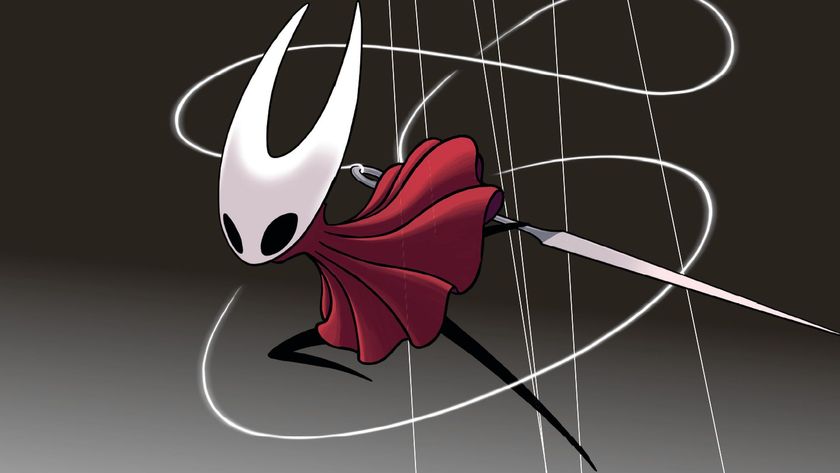15 reasons we love The Legend of Zelda: Ocarina of Time
10. The wonderful day/night system

Another fresh element that Ocarina of Time brought to the Zelda series was the inclusion of a pseudo-real time day/night cycle. As you explored Hyrule, you could see the sun rise in the morning, move across the sky, and set at night, bringing a hint of realism to the fantastical world.
And it wasnt just for show; stores would close, people would go indoors, Hyrule Castle shut its gates, and, oh yeah, undead monsters would rise from the ground and wander around Hyrule. Time of day also came into play in other regards, such as with the fire arrows, which could be obtained only at dawn. Overall, it made Hyrule an even more amazing place.
11. We fell in love with the Ocarina
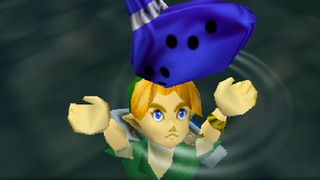
Everyone knows that cool items are a staple of the Zelda series, but the Ocarina of Time is so integral to the adventure that the entire game is named after it. By playing various melodies on the titular instrument you could turn day to night, unleash the power of a storm, summon your steed, teleport to various locations throughout Hyrule, open hidden passages, and more. Playing the ocarina is also what unlocks the mystical Door of Time, thus allowing you to draw the Master Sword and travel between two time periods.
In addition to being an extremely useful item, you can use the ocarina to play your own tunes just for fun. Anyone up for a stirring rendition of the Super Mario Bros. theme?
12. The Forest Temple was super innovative

In a game filled with predominantly fun, challenging, and well-designed dungeons, our favorite would probably be the Forest Temple - the first dungeon you encounter after taking control of adult Link. Tough enemies and an interesting layout were just the beginning; the dungeon was packed end to end with innovative ideas, including a collapsing ceiling, a manually rotatable room, and enemies that conceal themselves in paintings.
It also earns bonus points for being as creepy as heck; ghostly Poes play a major role here, Wallmasters threaten to send you back to the temple entrance, and there's one area where the hallway unnaturally twists and warps, forcing you to essentially walk on the wall. And dont forget the terrifying boss: a phantom version of Ganondorf himself.
13. It was very obviously the start of something big
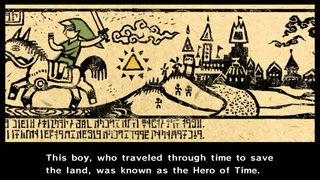
Ocarina of Time was an awesome, epic adventure in and of itself, but its story was so powerful that it formed the basis of The Legend of Zelda for years to come. The prologue to The Legend of Zelda: The Wind Waker directly references the story of Ocarina of Time, and during the game you get to see a beautiful stained-glass tribute to the Seven Sages and the Hero of Time while visiting the lost land of Hyrule.
Sign up to the 12DOVE Newsletter
Weekly digests, tales from the communities you love, and more
Twilight Princess takes things even further; not only is its overworld clearly based on that of Ocarina, but you get to revisit locations like the Temple of Time and even bare witness to Ganondorfs execution for his villainous OOT actions. It could be said that Ocarina of Time was really the game that established the importance of continuity and narrative in the Zelda franchise.
14. The remake modernized the classic
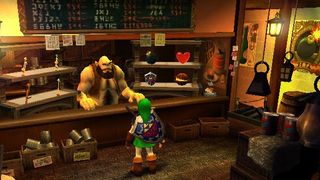
Many people consider Ocarina of Time to be one of the greatest games ever made, but in 2011 Nintendo proved that even the best could get better with The Legend of Zelda: Ocarina of Time 3D. This 3DS release improved upon the original with features like greatly enhanced graphics (the detailed interior environments were especially impressive), touch-screen inventory management, and gameplay refinements such as a less-infuriating Water Temple.
Ocarina of Time was also rebuilt in an extra-challenging Master Quest version -
essentially a modified second quest of sorts - which was released both on GameCube and as part of the 3DS edition. (The highlight of Master Quest: the cow switches in Jabu-Jabus belly.) If you haven't played these versions of Ocarina of Time yet, you're missing out.
15. Mysterious Sheik was mysterious

Throughout the latter half of Ocarina of Time, Link frequently finds himself crossing paths with Sheik, an enigmatic, ninja-like, harp-playing dude who seems to show up whenever Link needs a hand. He doesn't say much, least of all who he is or what his true intentions are, but after conquering the Spirit Temple near the end of the game and obtaining the last sacred medallion you quickly find out. The mystery man isn't actually a man at all - it's Princess Zelda in disguise. (Just don't ask us how she made her blue eyes turn red. Magic contacts?)
In retrospect it could be considered an obvious plot twist, but for most players the reveal was a pretty astonishing moment that emphasized just how captivating Ocarina of Time could be.
The Legend Lives On
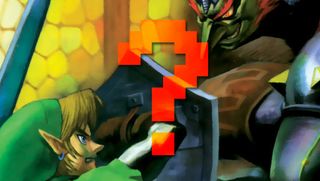
From dungeons to items to bosses to minigames, there are a lot of reasons to love The Legend of Zelda: Ocarina of Time, but we couldn't include them all here. What's yours? Leave your opinions in the comments section below.
And if you're looking for more, check out top 7 disturbing things about the Zelda universe and best Zelda games.
Chris is the former senior editor of Nintendo Power and the former editor at Mac|Life. He's now a freelance writer, and a huge fan of RPGs, Mega Man, The Legend of Zelda, Ace Attorney, and Japanese gaming in general.
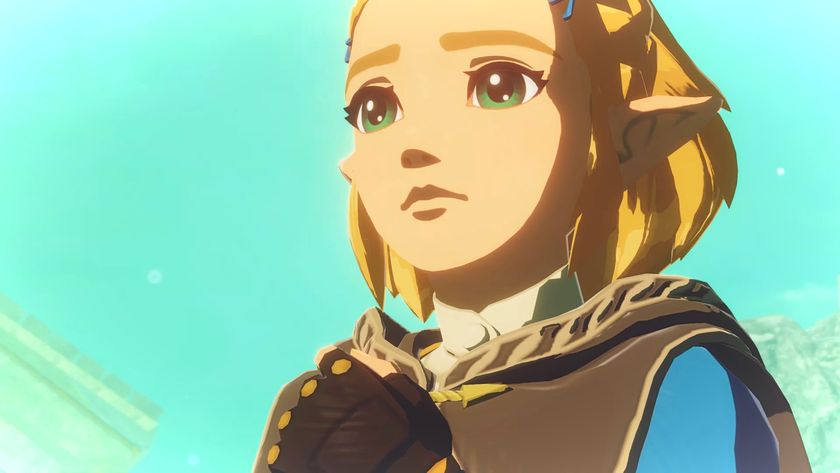
Nintendo Switch 2 Direct reveals Hyrule Warriors: Age of Imprisonment, a Legend of Zelda spin-off set before Tears of the Kingdom
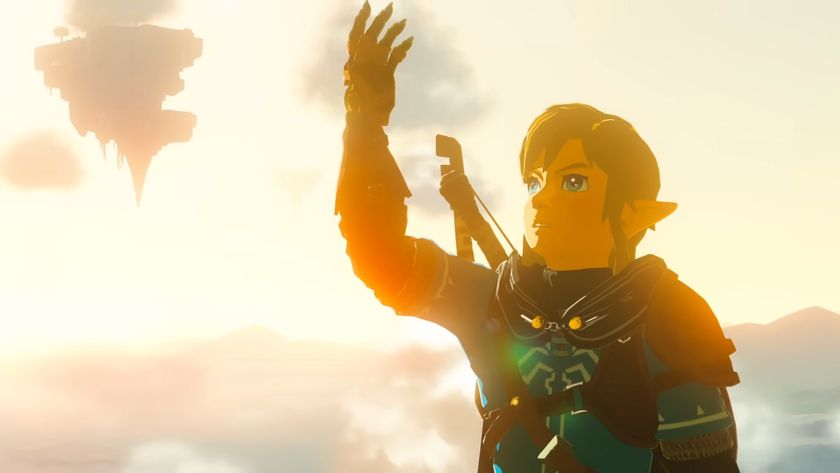
The Legend of Zelda: Breath of the Wild and Tears of the Kingdom are getting enhanced Nintendo Switch 2 Edition releases, with improved frame rate, resolution, and more

